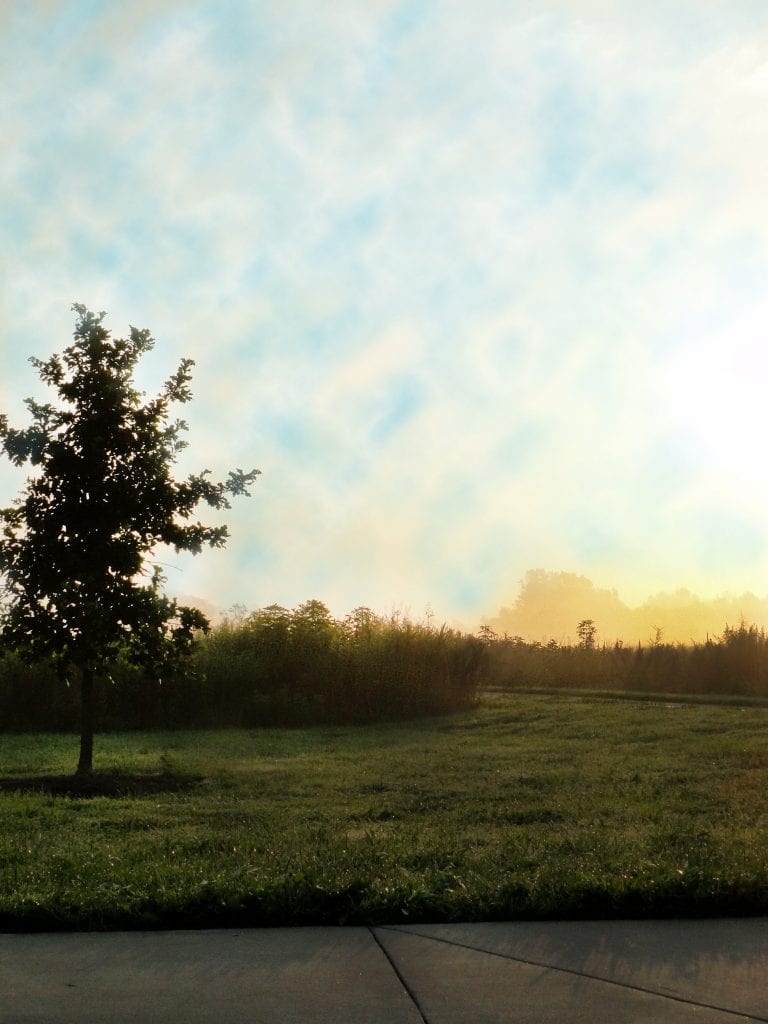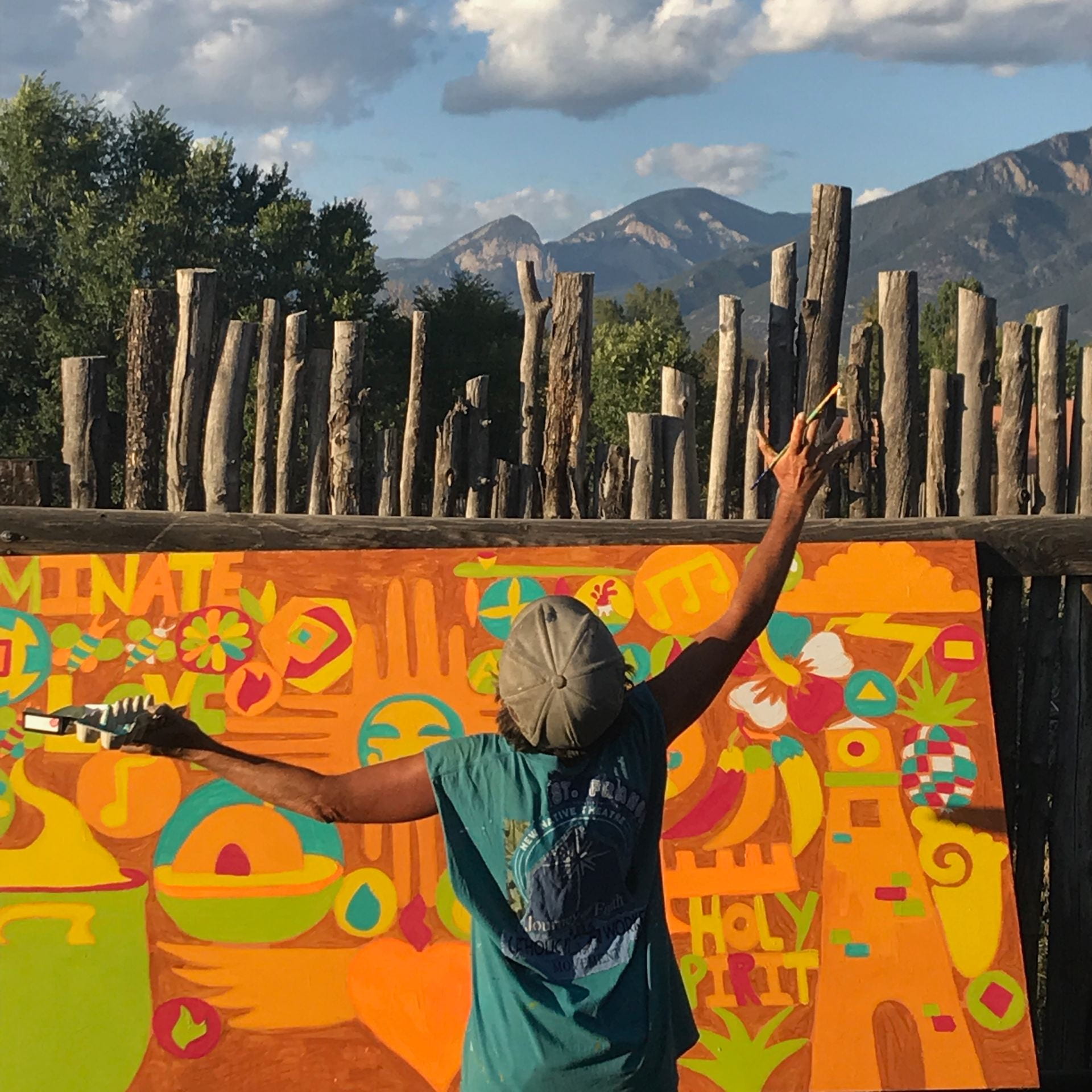Chapter 6: Spiritual Anthropologies II: Ecofeminism, Iris Murdoch, and Other Reflections on the Human Situation
6.6 Iris Murdoch’s Neo-Platonist Views of Reality, Illusion, Love, Humility, and Unselfing
If overcoming selfish human impulses can reduce exploitation of humans and nature, and if feminist and religious perspectives can provide helpful practices and suggestions to get at these underlying exploitative patterns, another source of direction can be found in the works of British novelist and philosopher Iris Murdoch. [1] In harmony with the perspectives we’ve examined in chapters 5 and 6, Murdoch argues that the fundamental questions to address in ethics concern who we are and what the world is like, from which most of our ethical views follow. In contrast to much moral philosophy that focuses on what ethical theories like utilitarianism or Kantian deontology have to say about ethical dilemmas (such as those we’ll explore related to animal welfare in chapter 10), Murdoch is more focused on understanding the larger vision or worldview of moral agents. How one answers the “big questions” in life about human purpose will give shape to how one answers a wide range of more specific moral and ethical questions. One way that such an approach differs from modern rational choice-based philosophies is that the latter presume the primacy of the autonomous self and free choice; Murdoch, an agnostic neo-platonist, takes a dramatically different view that nonetheless has some resonance with traditional modes of religious thinking.
Murdoch, for example, argues that we probably are far less free when it comes to making moral decisions than most people think. This point is really quite obvious the moment we begin to reflect on the combination of genetic endowment, self-interest, peer pressure, social conditioning, and all the other realities that shape our identity. She believes that to focus too exclusively on particular decisions tends only to mire us more deeply in our self-preoccupation, and that what we need is to be “unselfed” through our encounter with great art and literature, music, nature, and perhaps quintessentially through the experience of falling deeply in love with another human being. [2]

Murdoch claims that we live out much of our lives under the spell of our illusions and fantasies, especially our neurotic preoccupation with ourselves. “When clear vision has been achieved,” she writes, “self is a correspondingly smaller and less interesting object (Murdoch, 1970: 66). With respect to both ethics and the academic life, she holds that perhaps the greatest virtue is humility, which is not a putting down of self but instead a deep and abiding respect for the way the world really is. Seeing the world clearly, however, is no simple task, for our constant self-preoccupation always threatens to prejudice and distort our thinking.
Nearly all of the great naturalists in our own American tradition understood this point, as did the great Taoist sages such as Chuang Tzu. For example, treating nature rightly is not just a matter of rules and ideas (although correct scientific understanding is absolutely essential), but rather a matter of discovering the incredible beauty, mystery, diversity, and wonder of this reality we call nature. It is a matter of the heart as well as of the head….
Although Murdoch was not a theist, her position is similar to that of many religious traditions in her view that an understanding of the nature of reality precedes and grounds the doing of ethics. Actually, the same is true of virtually all ethical traditions, whether religious or secular [3], although theologians are perhaps more likely than secular philosophers to acknowledge this fact. What we judge to be the nature of reality overall is dispositive for how we construe moral reality. “Knowledge informs the moral quality of the world,” she writes. “The selfish self-interestedly casual or callous man sees a different world from that which the careful scrupulous benevolent man sees” (Murdoch 1992: 177, emph. Original). In common with many theological traditions, Murdoch argues that human freedom is dependent both on a clear vision of reality and on the humility born of knowing that we are not the center of things. “Freedom is knowing and understanding and respecting things quite other than ourselves,” she insists. “Virtue is in this sense to be construed as knowledge, and connects us so with reality” (Murdoch 1998: 284).
Stanley Hauerwas summarizes Murdoch’s understanding of freedom in these words: “Contrary to Sartre, freedom is not in the self but in the other. Without love, without recognition and respect for the other, freedom is but an illusion of our neurotic self-preoccupation” (Hauerwas 1981: 41). What pulls us out of the cocoon of self-preoccupation and makes it possible to live generously and justly is not just right thinking but falling in love—with art, music, literature, people, animals, nature, or, on a more transcendent level, with the Good, the Tao, or with God. “Love,” as Hauerwas reads Murdoch, “is any relationship through which we are called from our own self-involvement to appreciate the self-reality that transcends us. That is why it may be a profound moral experience to take self-forgetful pleasure in the sheer alien pointless independent existence of animals, birds, stones, and trees” (Hauerwas 1981: 39; Murdoch 1970: 85).

For Reinhold Niebuhr, our self-absorption begins with our own fear and anxiety. Niebuhr believed that in confronting our fear and anxiety, we either fall into sin or open ourselves to God’s grace. In sin we seek to control our lives and the world around, in grace we begin to accept life as a gift and a promise; in grace, God draws us out of our self-absorption and fear (Baer et al, 2004: 302). For David Loy, the Buddhist is saved from compulsive tendencies towards control by awakening to the suffering inherent in such striving, and meditatively deconstructing our illusions of self. For Murdoch, when we see the world rightly, we recognize life as the gift that it is, which opens up new perspectives on moral issues (Baer et al, 2004: 302). Hauerwas and Murdoch label such a perspective an “aesthetic vision” of ethics. Such a vision undoubtedly requires a balance of ratio and intellectus thinking, and invites us to integrate the motivation of our hearts and our minds. We might seek exemplars whose way of life provides a model by which to live [4]. And for those who discover upon reflection that their way has been more about control than about freedom, it may be time to listen and observe, and learn from the wisdom of others, particularly those who have been overshadowed or crushed by patterns of control we’ve inherited in America. The cry of the earth and the cry of the poor have some common sources – let those with ears to hear listen.
- Much of the discussion in this section is drawn from Baer, R.A., Tantillo, J.A., Hitzhusen, G.E., Johnson, K.E., and Skillen, J.R. (2004). From delight to wisdom: Thirty years of teaching environmental ethics at Cornell, Worldviews8(2-3): 298-322. ↵
- Hauerwas writes (1981: 39, n. 30): “Like so many of Miss Murdoch’s themes this understanding of love is derived from Simone Weil.” See, for example, Weil’s work La pesanteur et la grace[Gravity and Grace] (1952). ↵
- See “Ethics of Inarticulacy,” in Taylor (1989: 53-90). ↵
- This will resonate with the virtue ethics approach we will explore in chapter 11 ↵
